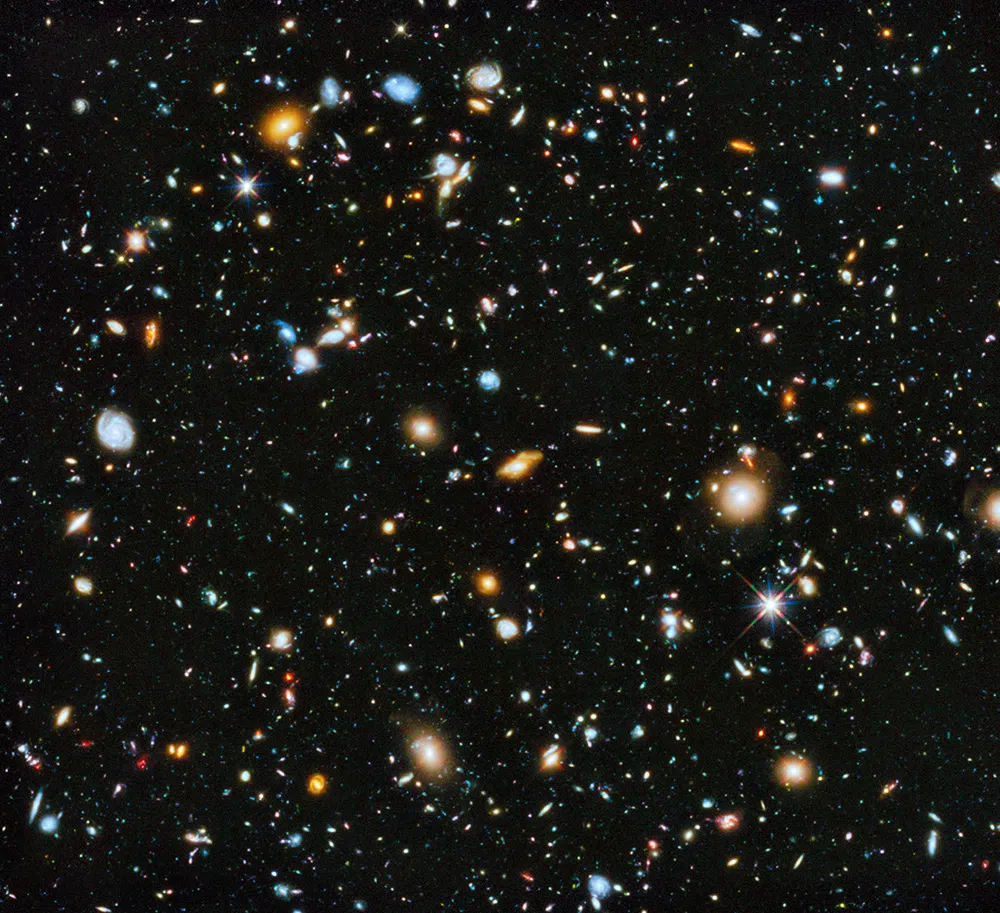
The Great Space Mirage: Stars Don’t Twinkle
Featured in Ripley's Believe It or Not!

Do Stars Twinkle?
“Twinkle, twinkle, little star.” They must get tired of us saying that to them because the truth is stars actually don’t twinkle. Even though you can look outside at night and see the flashing of different levels of light emanating from the same star, what you’re really seeing is interference from the atmosphere making the stars look like they’re twinkling when they’re not.






